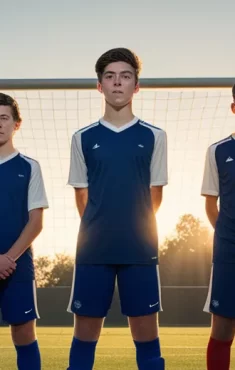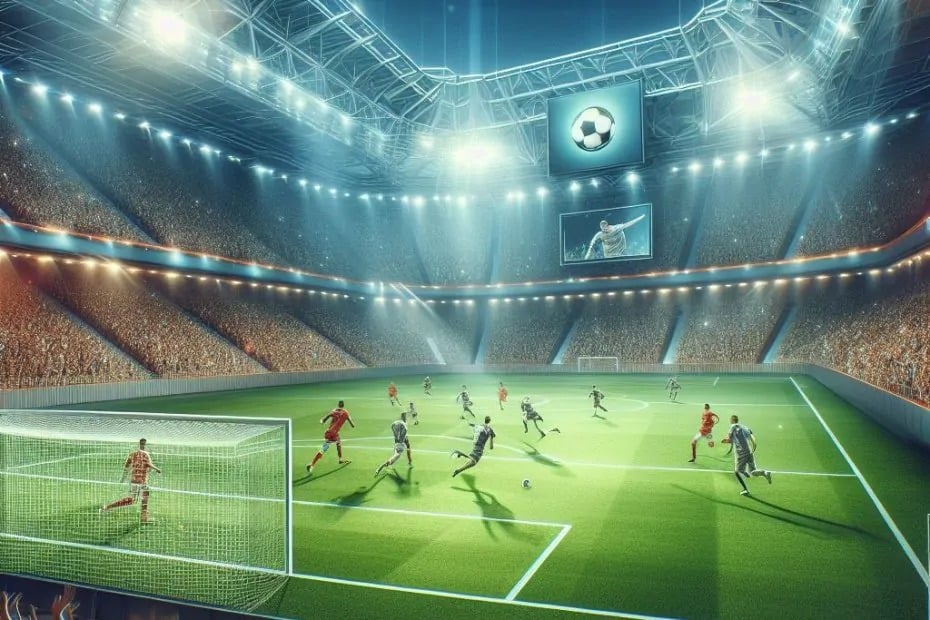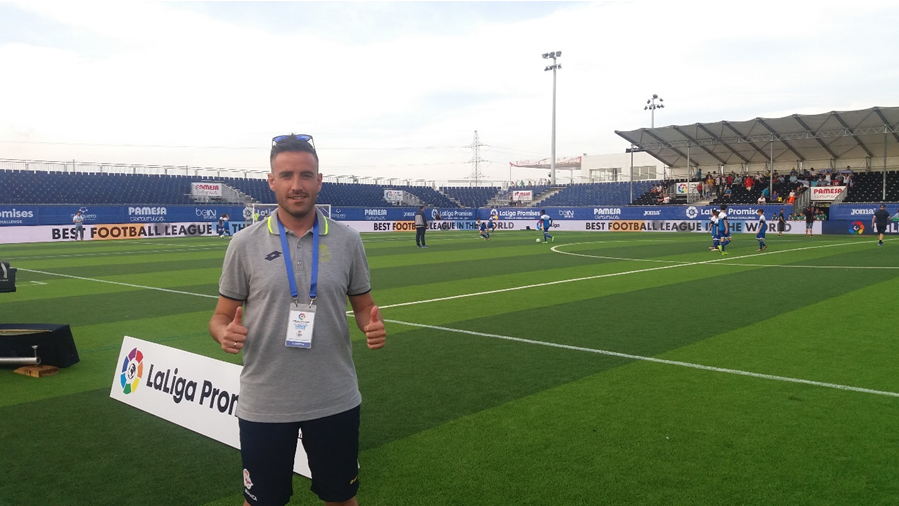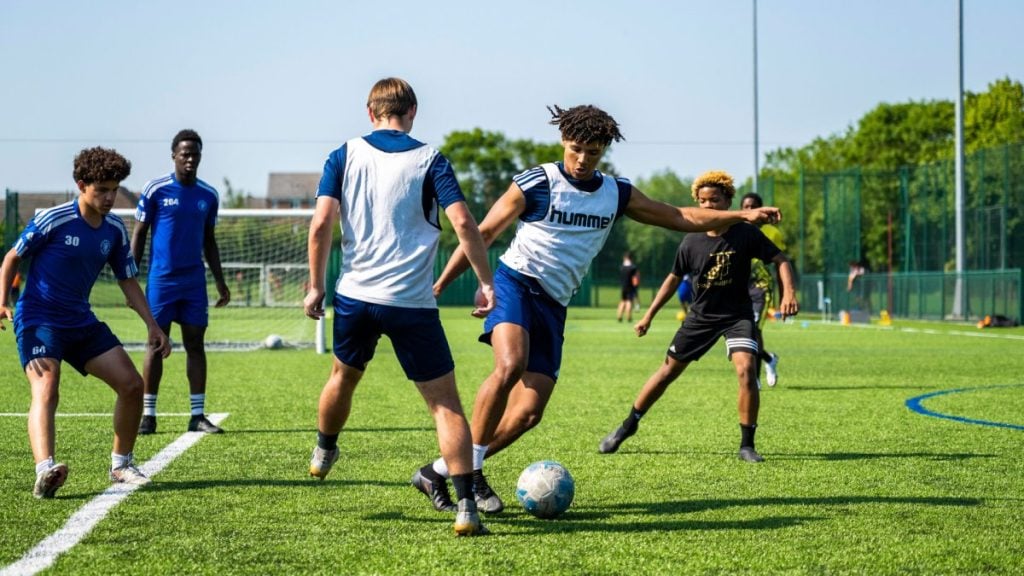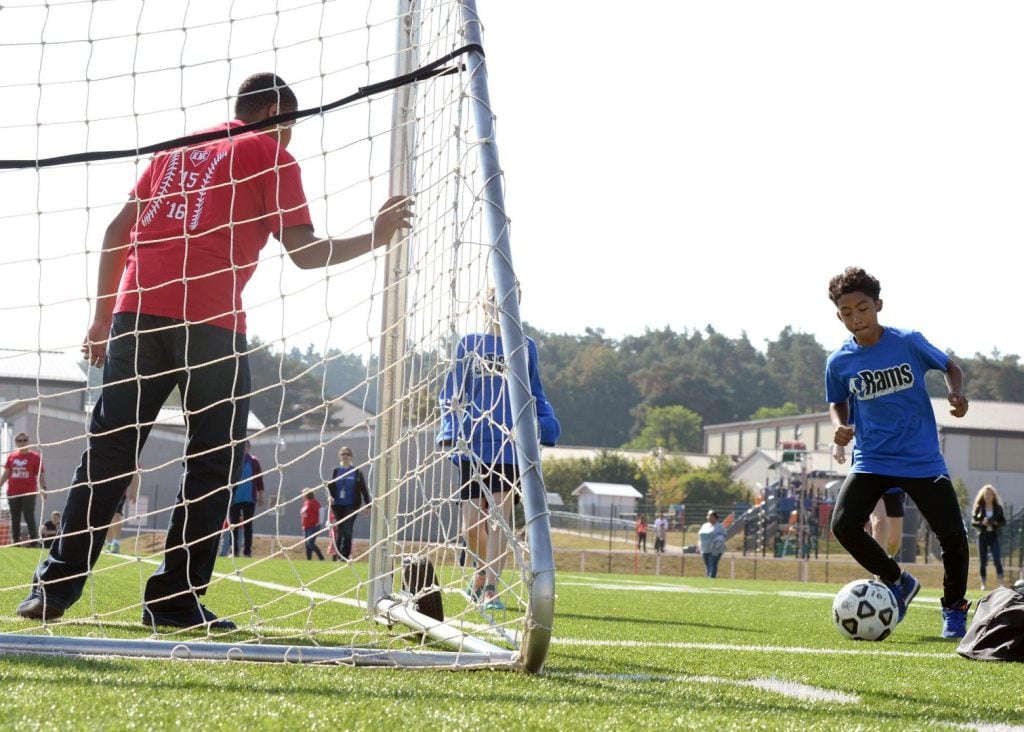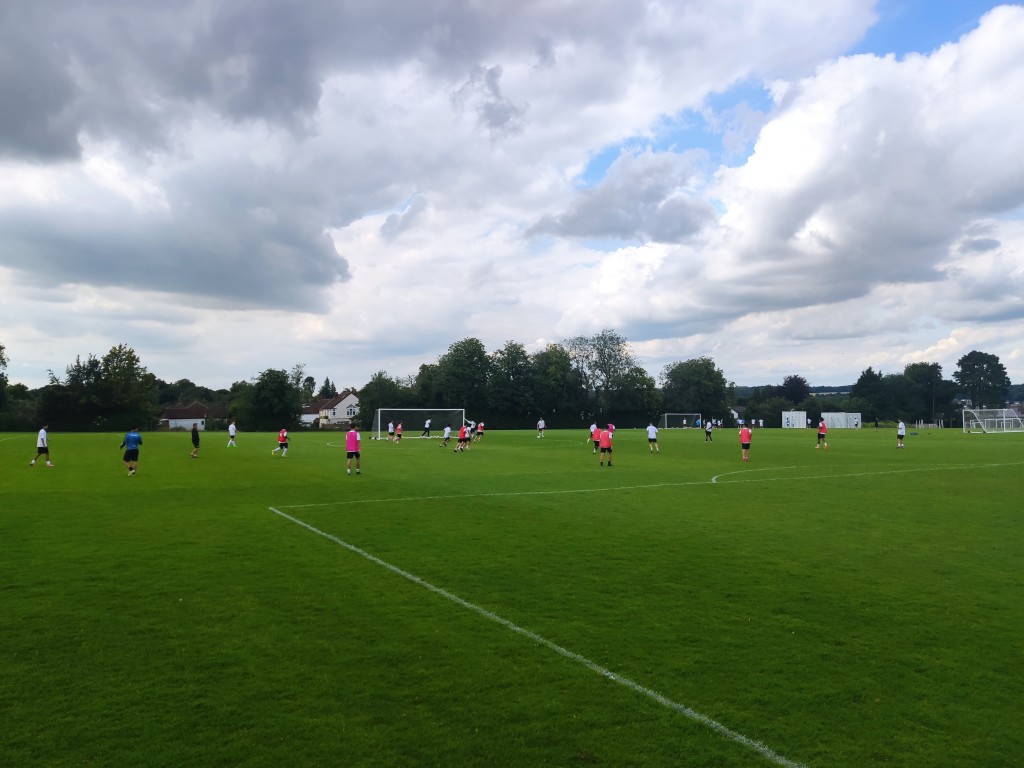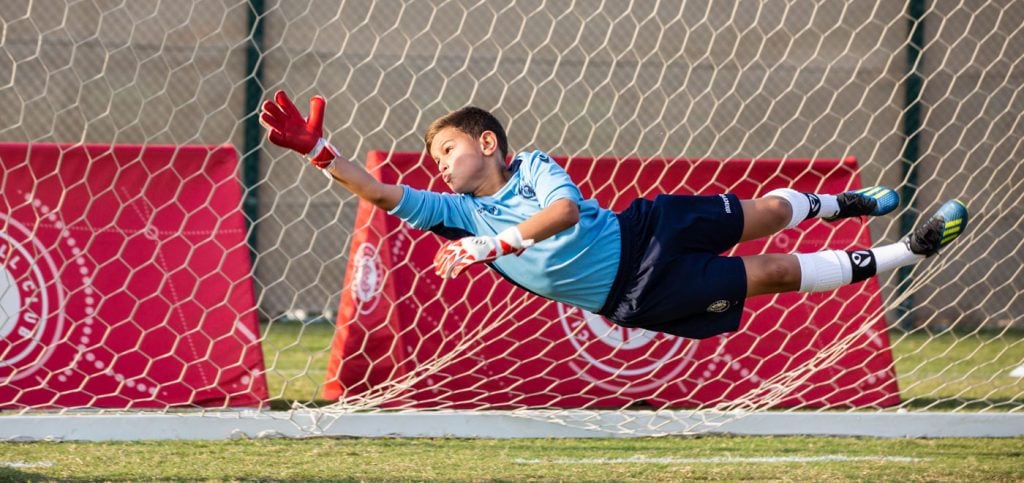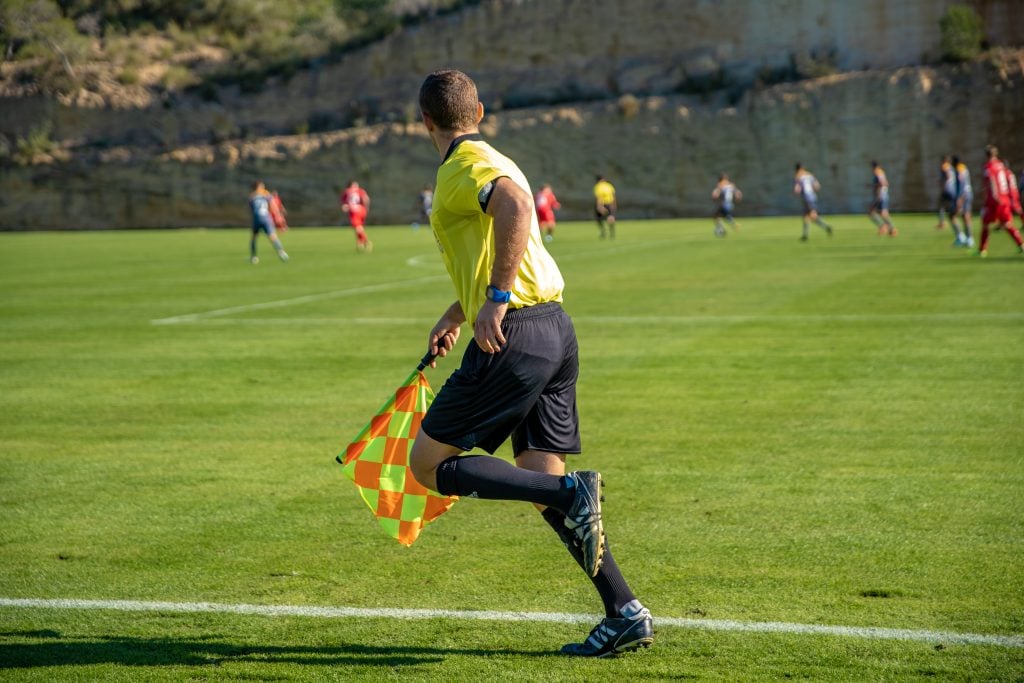Modern soccer has become increasingly more tactical, and this has had a knock-on effect on youth soccer and soccer academies worldwide.
Anyone aiming to become a professional football player must have the necessary knowledge to perform in different positions on the pitch.
Scouts from professional teams pay special attention to a player’s versatility and their ability to fulfill different roles on the pitch without this affecting their performance or the team’s.
Players like Federico Valverde have managed to establish themselves among the soccer elite due to their ability to play in different positions at the highest level.
Taking all this into account, in this post we’d like to carry out an in-depth analysis of all the positions in youth soccer and the qualities that players must develop to be able to play a number of different roles on the pitch.
Soccer Positions
In professional soccer there are eleven different positions on the pitch. In the formative stages, this may change depending on the players’ age and category.
However, these positions are usually the same, and only change when the numbers of players change i.e. 11 vs 11, 9 vs 9, or even fewer.
So, here goes, here’s our in-depth look at all the youth football positions.
Goalkeeper
The goalkeeper is the only radically different position from the rest in soccer. This is the only player on the team who can catch the ball with his hands, as long as it’s inside the box.
A good goalkeeper must be the protector of his or her area. At corner kicks, they must be good in the air and be able to clear or catch crosses.
They must always know how to position themselves when facing shots from opposing players. Even though they do need great reflexes and impressive athleticism, a big part of a goalkeeper’s job comes down to having a good sense of positioning and knowing how to read moves correctly.
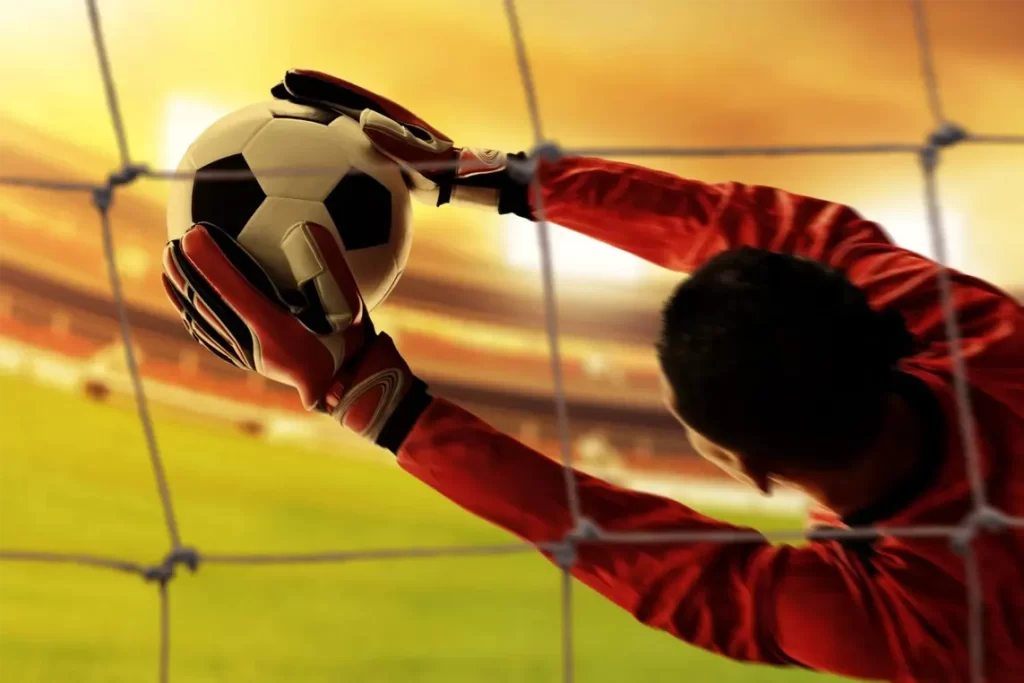
Likewise, the goalkeeper must have an excellent knowledge of the rules to avoid making mistakes that could be costly for their team.
Contrary to popular belief, the goalkeeper is one of the most difficult positions in soccer and requires a great deal of training and concentration.

Defense
The defenders are the backbone of the team, and they maintain the team’s overall playing system. The defense is divided into two different positions: Centre Back and Right/Left Back.
Above all, defenders must be very tactically disciplined to know when to push forward and when to stay back to block the opponent’s attacks.
Right and Left Backs
Right and left backs are responsible for defending the flanks in modern soccer. However, it’s becoming increasingly important for these players to have good attacking qualities as well.
Right and left backs must be extremely fit as they will usually cover more distance than any other players, given their essential attacking and defensive roles.
They will need to have a good understanding of the game and the confidence to know when they should push forward.
They should also have the tactical initiative to cover the spaces left by their teammates who are moving into more attacking positions.
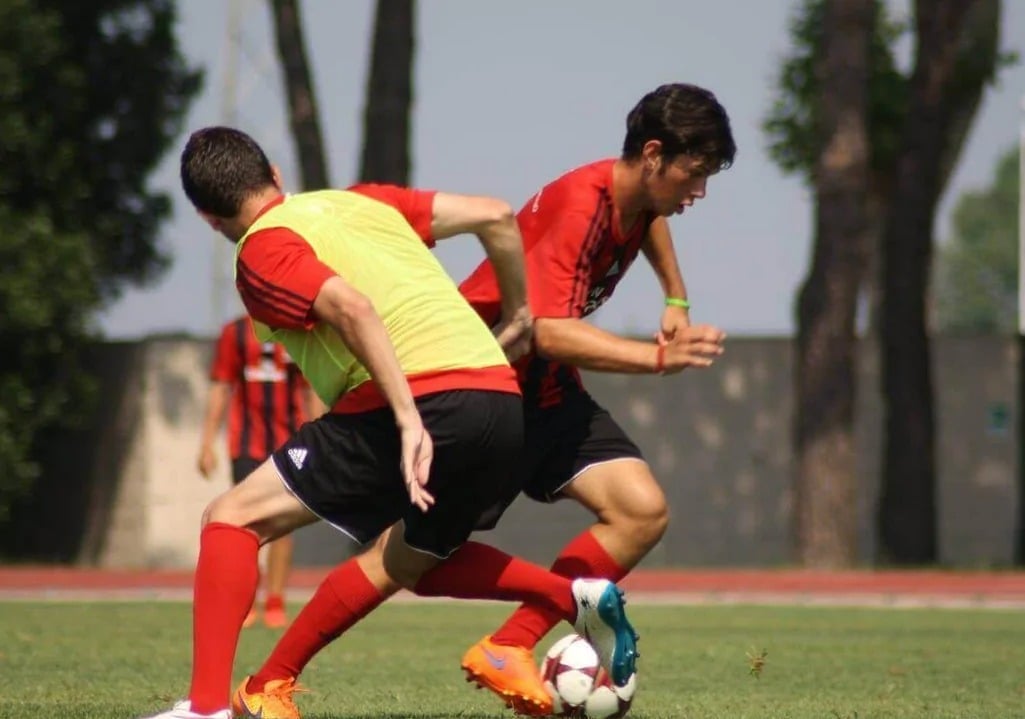
In addition to this, they must be very clear about all the ins and outs of the offside rule, maintaining the concentration to keep a solid defensive line and keep mistakes to an absolute minimum.
Regarding physical characteristics, right and left backs must be fast and have the strength to win physical duels against the wingers of the opposing team.
Center backs
The center back position is the ideal role for the tallest and strongest players in soccer.
Center backs are responsible for defending against the opposing team’s strikers and for defining how deep the team will play.
Managing the defensive line is an essential role in any team’s game plan. Having fast defenders who can get forward and pressurize the opposing team gives the coach excellent options to press faster when their rivals lose the ball.
A good defender must have an excellent understanding of the game and the ability to be in the correct position at all times.
Centre backs are responsible for organizing their teammates at corner kicks and free kicks, and at corners they tend to be a great asset due to their height and jumping ability.
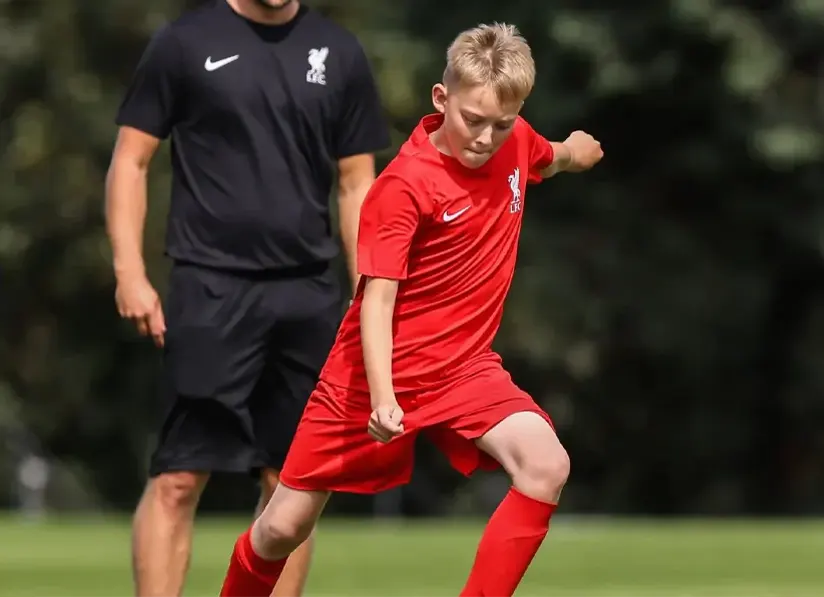
A good center back should be tall and strong and be able to use their intelligence and experience to defend well without committing unnecessary fouls that could result in a penalty or a red card.
They must also be able to communicate well with their fellow defenders and the goalkeeper.
Midfielders
Midfielders are in charge of directing their team’s overall movement, pace, and flow. Their job is to win possession of the ball and handle their rival’s attacks to prevent them from getting into dangerous areas.
A good midfielder must be smart, and use their intelligence to read and deal with anything that happens on the pitch, ensuring they are never caught off guard by their opponent.
Defensive Midfielders
Defensive midfielders are vital players in a team’s structure. A good defensive midfielder will always complement the defensive line and should know how to cover and help their teammates.
Defensive midfielders must have good dribbling skills to avoid losing the ball in dangerous positions.
They must be physically strong enough to be able to win individual duels both on the ground and in the air.
They also need to be game-smart enough to occasionally make tactical fouls that could prevent the other team from scoring.
Central Midfielders
A central midfielder must have excellent dribbling skills and vision to start off attacking moves.
Nowadays, central midfielders need to have very good defensive abilities, physical fitness, and vision. It’s one of the most demanding positions on the pitch because the whole team’s overall performance hinges on these players.
In addition to being a safeguard for the defense, a central midfielder must be able to take advantage of defensive mistakes and thread precise passes through to the strikers to create scoring chances.
At the same time, they should be able to shoot well from medium or long distance when the opportunity arises.
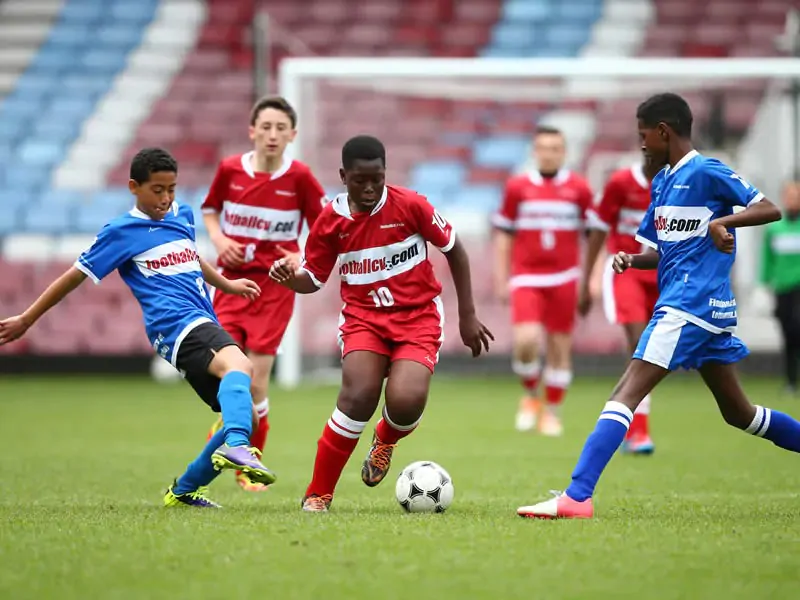
Attacking midfielders (Playmakers)
The role of the attacking midfielder, or playmaker, is becoming rarer in soccer nowadays, because all midfielders need to be able to help out in defense too.
However, there are currently players such as Kevin de Bruyne, Pedri, and Arda Guler who we can include in this category.
An attacking midfielder must have excellent vision to create scoring chances for their team. They must have excellent dribbling and feinting skills to beat opposing defenders quickly and easily.
They must be able to break quickly on counterattacks. In addition, they must have a powerful shot to score goals and finish off the moves started by the wingers.
Likewise, they must have an excellent team spirit to help the other midfielders press and steal balls from the opposing team.

Forwards and strikers
The striker’s role is to create chances and score goals. Nowadays, most teams play with wingers who can open up the flanks and create chances from both sides of the pitch.
Lionel Messi and Cristiano Ronaldo started their careers as wingers due to their outstanding speed and finishing ability.
Right and Left Wingers
Wingers are the fastest and most unpredictable players in football. They must have excellent dribbling skills to go past players with ease.
A good example of a winger is Vinícius Jr. The Brazilian player creates several scoring chances in each game because of his speed, dribbling skills, and tricks.
A winger must have a powerful mid-range shot and know how to score past the goalkeeper.
They should also train their weaker foot which will make them an even bigger threat to defenders with shots and crosses.
Center forwards
The role of a center forward has evolved over time and now requires a lot of movement and defensive work.
A center forward must have excellent finishing skills to take advantage of maybe just a handful of chances to score in the match.
In addition, they must have good composure as they are, in essence, the first defender when the opposing team starts to press forward. They must also be able to understand the game well to link up with their teammates and create scoring chances for the wingers where possible.
As for their physical characteristics, a center forward must be both fast and strong at the same time. They don’t need to be that tall, but they must be good in the air and an effective header of the ball.
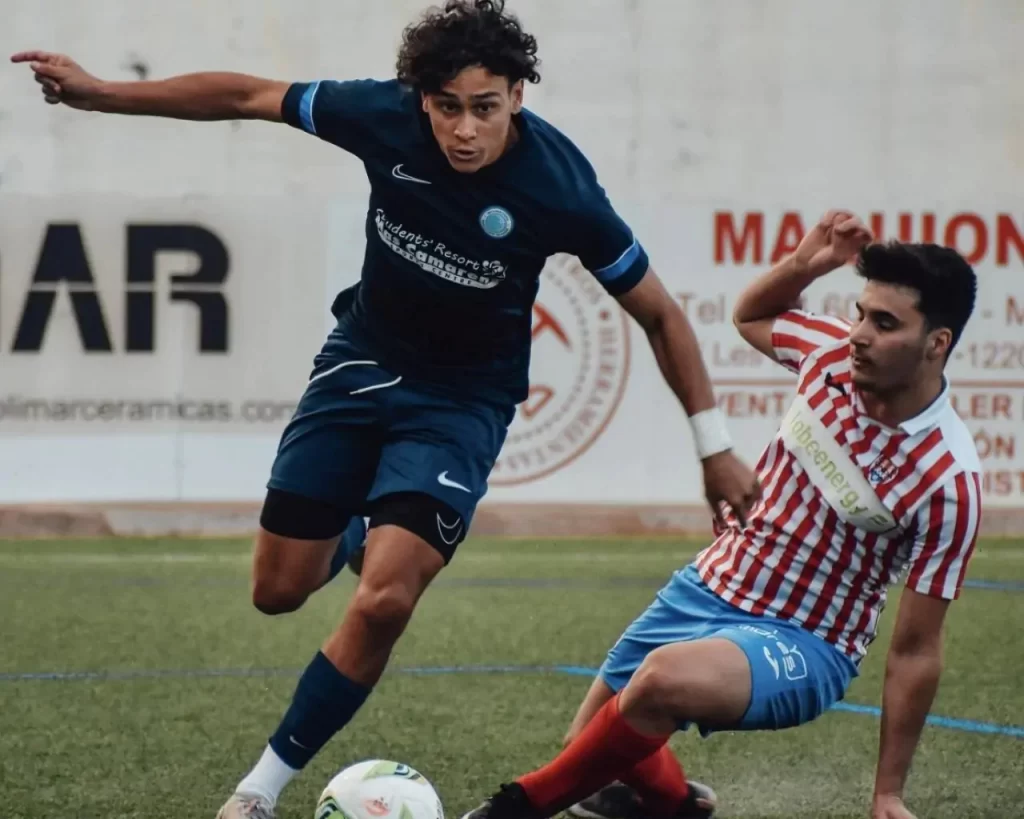
Formations and Youth Football Positions
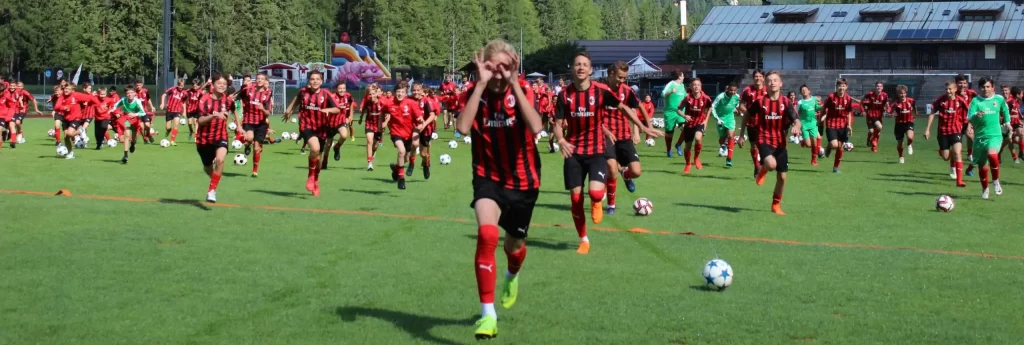
Soccer academy coaches will choose different formations depending on the match and the number of players per team. Because of this, they need to be flexible and have different tactical options.
6v6 Soccer Formations and Positions
Coaches in 6v6 matches usually choose formations such as 2-2-1 or even 3-1-1 if they want to play a more defensive game.
The tactics can vary depending on the type of game and opposition, and the players must be smart in how they cover defensively.
In these formations, it’s essential to have two good defenders, two midfielders, and a good striker.
7v7 Youth Soccer Positions
In 7v7 matches, coaches usually add a defender and switch to a 3-2-1 or 3-1-2 formation.
These formations can also change depending on the game, and the defensive midfielder must be able to read the game and know when to join the attack and when to stay in defense.
9v9 Soccer Positions
9v9 games give coaches more room to be creative. To cover the width of the pitch, some coaches prefer to play with three defenders and two wide players or with three defenders and two midfielders to cover the flanks.
In this formation, it’s essential to have box-to-box midfielders who can create moves and defend at the highest level.
The forwards also need to be very quick to press and score goals.
11v11 Youth Soccer Positions
In 11v11 matches, coaches prefer to go for the most common formations in professional soccer.
Here we have the famous 4-3-3, 4-4-2, or a more defensive line-up like a 5-3-2. Players must be able to carry out their role on the pitch whatever the match situation.
Defenders, midfielders, and forwards must all know their role inside out and work together for the good of the team.

Youth Soccer Positions: Conclusions
All football positions are important, from the goalkeeper to the strikers. Every player must develop their cognitive skills in order to understand their role on the pitch and play as their coach wants them to.
- Every player has an important role to play on the pitch.
- A coach needs to develop their players’ cognitive skills so that they can understand their role in every move on the pitch.
- A player’s physique may make them more suitable for a certain position.
- The more positions you can play in, the more useful you will be for your coach.
- Good communication on the pitch is essential in all positions, especially in defense.
Be sure to work on all the concepts we have mentioned in this post in your training routine and you will improve progressively in each position you play in.

